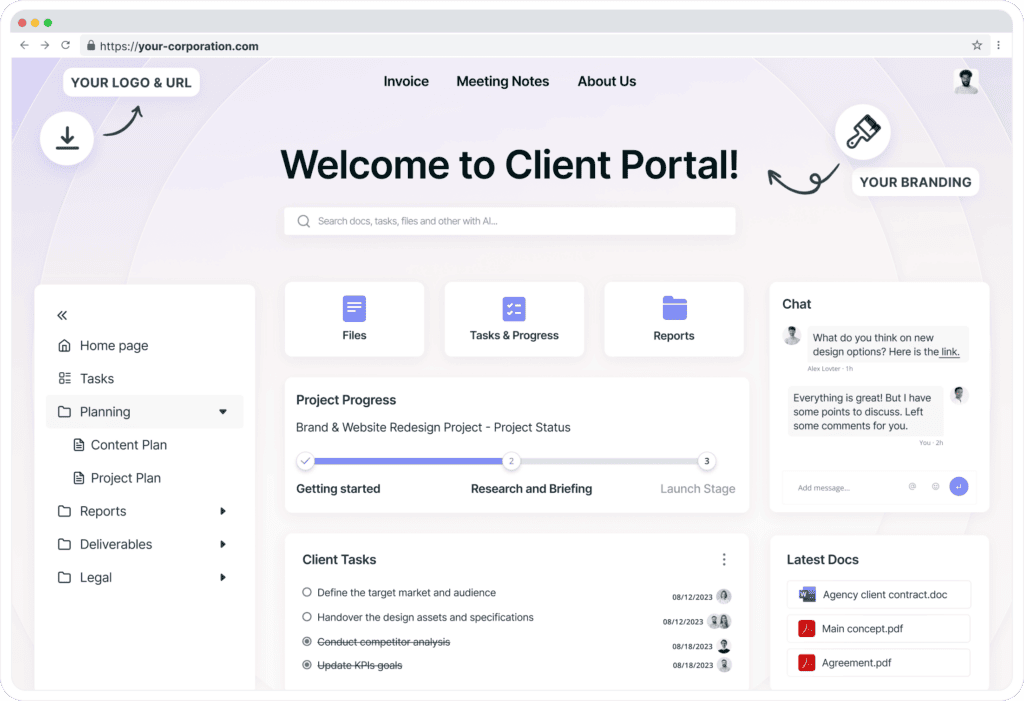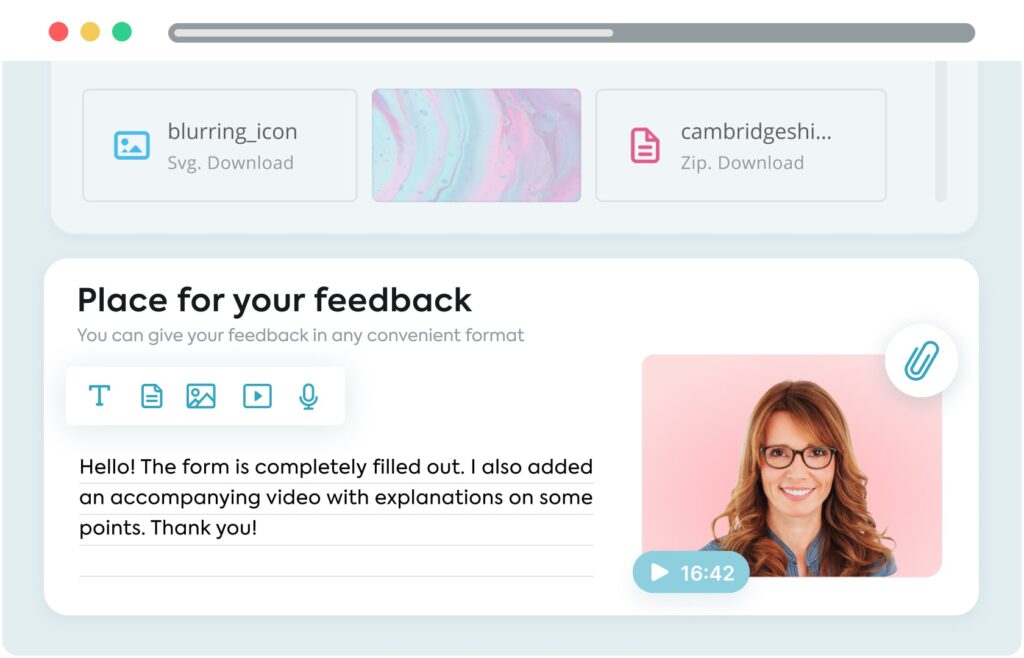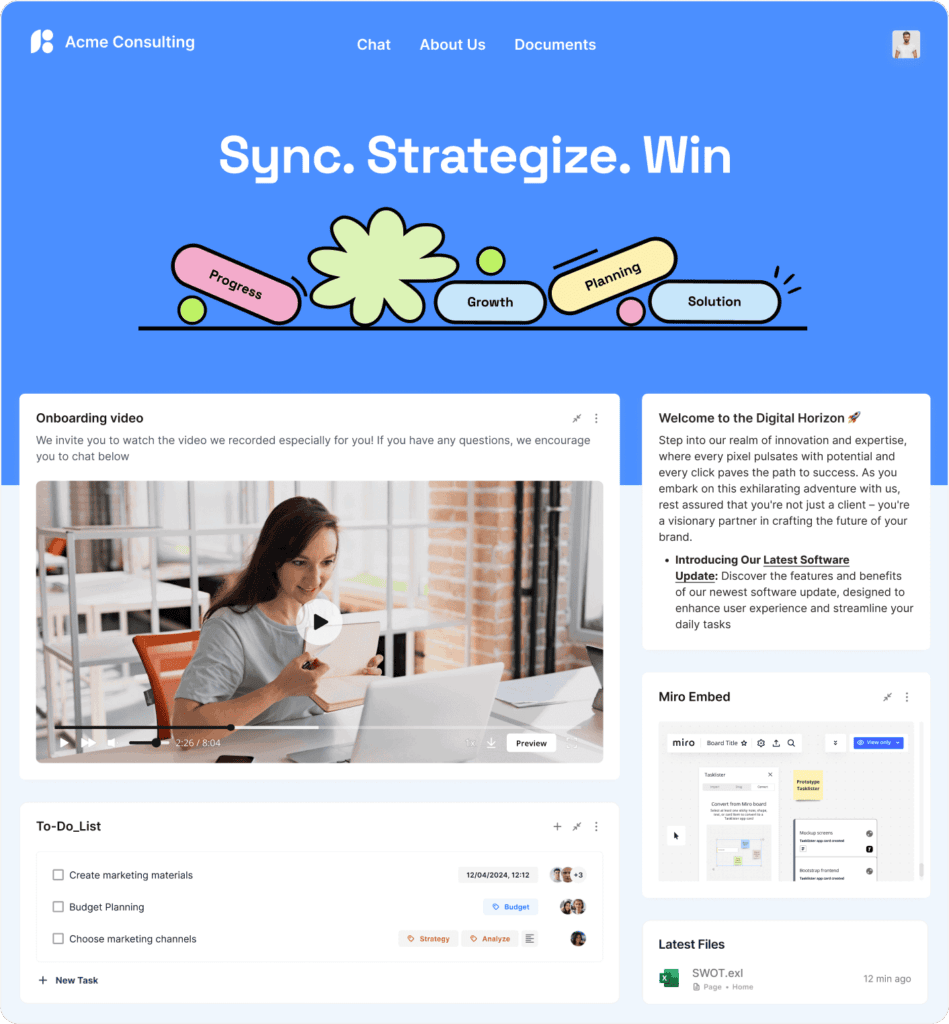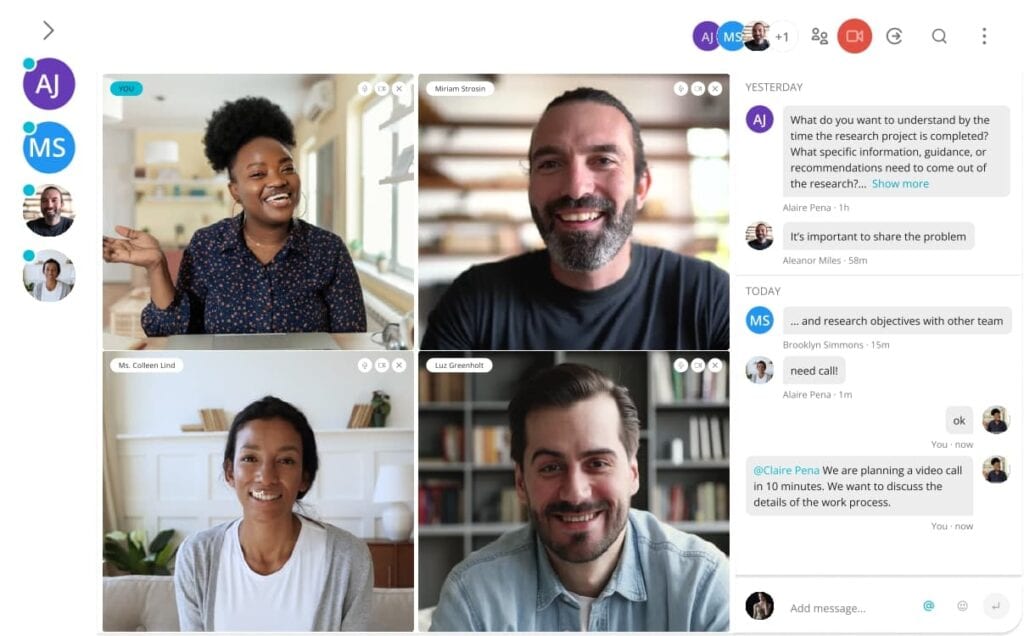
Onboarding vs. Implementation: Do You Need Both?
- 9 Min read
Every day, businesses should strive to be their best and satisfy customer needs through innovative solutions that benefit customers and leave lasting memories behind. If the customers are happy, brands will be too.
Customer success remains a weakness across industries for numerous businesses. Businesses may fail to appreciate its true worth or how to effectively develop customer success programs.
According to Forrester’s report, customer-obsessed businesses retain 2.2 times more customers annually. If your goal is business expansion, it should come as no surprise that customer success should be your focus, but how you implement such an attitude remains uncertain for many businesses.
Customer success best practices hold the secret to a thriving business! Let us show you how to implement one in 12 easy steps so your organization can achieve success.
Customer success strategies describe how an organization will interact with customers throughout the customer journey. Why is customer success important? You should know it accounts for reactive as well as proactive services provided by support and service teams to ensure customers receive the maximum benefit from the service or product. When implemented correctly, these initiatives can significantly lower churn rate while creating opportunities for cross-selling and upselling.
Before we get too deep into these techniques, let us make clear that they should be implemented and utilized; after all, this article focuses on practical advice. Simply reading these tips without acting on them won’t do you much good!
As you review these customer success best practices, think about how best to implement them into your own business.

Every customer is different and not all solutions are the same. One of the critical customer success best practices is personalizing your customer service to meet each client’s needs. This will help you build a relationship with them. They will feel valued and less like another customer on your sales sheet.
Client-oriented customer success software is helpful in this situation. This tool will make customer data easily accessible to dedicated customer success managers. Software programs allow them to store customer details and record interactions. Customer success teams can then review this data and come up with innovative solutions based on this insight.
FuseBase can be your go-to customer success solution in this instance. Its features allow customer-oriented businesses like yours to capitalize on client success:
It is unreasonable to have one customer success team or individual responsible for the entire customer experience. This isolates both customers and their data in silos. Customer success is a team game.
It’s important that everyone works with the customer. A customer success manager must understand customers and then find out the information they need from product managers or designers so they can relay it back to them. It is essential to send the report back to your manager or designer so they can pass it on.
What if the customer success manager brought the product manager directly into the conversation between him and the client? In a larger company, this is not feasible, but in smaller ones, the PM’s ability to gather information directly from the customers can be invaluable. If a PM doesn’t like to speak to their customers, they are not using all the resources available to help them in their role. Encourage them to do so.
With the right customer success strategy in place, you can make this experience quick, efficient and organized. The best part is the customer will get their answer sooner. Businesses can implement weekly reports and monthly meetings to inform the customer success team of customer feedback. Or, each employee could take on a specific number of inquiries every week.
It is the customer success manager who manages the feedback, but with this method, your entire team can rally behind the customer and be more motivated by their requirements. The information is shared and everyone benefits from it.
As important as it may seem, segmenting your clientele into meaningful customer success groups is vitally important to any prospering business. While specific products or services might not require the segmentation of customers, most companies gain from employing this customer success strategy.
Make an example out of project manager apps as your starting point: your users could be divided between business and personal categories and their respective definitions of customer success may vary accordingly. Customers that belong to personal groups might not appreciate features like delegation and customer success management as much, so customer success agents should avoid emphasizing these features when speaking to these customers.
Segmenting of the business sector may go even deeper. Your customer success team could create small and medium business groups or collaborate and delegate according to what works for your product or product line.
As each group may have its own definition of success, understanding this diversity will make your customer success strategy even more successful.

Enhancing customer journeys and experiences, understanding their needs and concerns and responding accordingly are among the core practices for customer success. Customer success teams should leverage feedback mechanisms in order to gain insights into customer behaviors.
Understanding why some customers do not like your offerings while others do is essential in customer retention and building loyalty with customers. Collecting customer feedback provides invaluable user sentiment analysis data related to your product/company.
Engaging customers is another effective method for keeping them involved with product development plans; listen carefully when your customers express opinions while sharing plans that meet customers’ needs. Your ultimate aim should be creating products that exceed customer satisfaction.
There are various methods you can employ to obtain customer feedback:
Attracting customers requires creating an inviting workplace culture; show your dedication by prioritizing customer success. Doing this may encourage employees to make necessary adjustments that increase client and customer satisfaction while offering help when issues related to client fulfillment arise.
Establish an environment conducive to customer success by developing a mission statement around it and detailing how it relates to both employee and customer objectives. Also, incorporate customer success principles into your policy statement to facilitate growth while streamlining workflow processes that support it.
Monitor how customers utilize features during onboarding processes to speed them along, then devise strategies to speed this phase along even quicker. Also, create standard operating procedures meant to increase customer success as well as organizational goals that teach employees to prioritize customers’ achievements when setting priorities in your organization.
Take these steps so your customer success team and company can integrate customer-pleasing practices into its policies.

Customer journey success hinges heavily upon an effortless onboarding experience to retain users longer. Any delays during onboarding could create dissatisfaction among users or lead them to request refunds/chargebacks from you.
Automating onboarding processes can create an effortless onboarding journey for all involved parties. Track customer progress so every user has an excellent journey.
Reports offer an efficient way of tracking customer onboarding progress and quickly recognizing roadblocks along their journey.
Automated customer experience events (for instance, when someone scores low satisfaction levels, your support team could be alerted so as to take appropriate actions) are an invaluable way of creating positive customer experiences.
Automated features like this one can ensure tremendous success for SaaS companies when onboarding customers.
Customer success, support and account management all play key roles in providing exceptional customer experiences. Customer success focuses on meeting client goals efficiently while increasing customer lifetime value; support provides timely resolution to issues; account management often looks outward at expansion opportunities.
A Gainsight study revealed that businesses providing superior customer service outperformed other firms in revenue growth. Companies can maximize customer satisfaction by effectively managing all functions.
Customer data is of critical importance when dealing with clients, whether that means discovering more about them when they first enroll or discovering where they hail from when first joining. Tracking certain default data, including user paths and actions, is possible. You can also track data that’s strictly personal. For example, subscription plans, payment information and, and the latest purchases made in a particular account. This data can all be stored securely in your software. You can monitor these and other actions to help:
Customer success should begin with understanding the client. A success manager should also ensure every engagement and interaction is documented and shared with other teams. You can then surround your clients with the relevant touchpoints they need and stop them from repeating their actions.
At risk is a process that involves contacting clients who are on the verge of leaving your product or are nearing renewal.
Be mindful that the purpose of an “at risk” assessment is to identify customers who could potentially return, make sure their subscription is renewed or sell additional services while keeping billing cycles consistent.
Once you recognize customers who may leave or are close to renewal, it’s essential that you offer assistance, collect feedback and inform them of any recent features they might not yet use if applicable, best practices utilized within their field, as well as video meetings to make sure the products being sold meet customers’ objectives successfully.
Reduce customer churn and sell more expensive packages by offering customer loyalty rewards programs with incentives that encourage ongoing business.
Realistically, customers will eventually depart. Therefore, any negative experiences must be handled responsibly and appropriately to maintain long-term success in business. Once someone decides they no longer require your services, there will be little point explaining or trying to change their minds; they simply won’t return. A well-planned process may help correct this situation and bring success for both sides involved.
It is just as important to welcome clients as it is to offboard them. You know that bad reviews and word-of-mouth marketing are not retracted.
Make sure to cover these several offboarding practices:
Your customer base will grow as your business grows. Your customer success team will be under more pressure as you must deal with more customers. Your staff mustn’t stall or impede growth at this point. You still have to offer the same level of personalized service, even if you are growing your business.
Best practices for customer success managers suggest that SaaS companies and other businesses have enough representatives to deal with all issues. That’s where the “Rule of 40” comes into play. According to the rule, you need one representative dedicated to customer success for every forty clients. You’ll relieve your employees and keep them away from burnout. Consider tools for customer service if you’re unable to hire additional reps but your customer demand is increasing. Chatbots, AI customer support software and other automation tools can help streamline your customer service functions. Doing this will enable you to handle multiple tasks efficiently at the same time and grow your customer success team without adding new employees.

As part of your efforts to support customer success, don’t overlook their ongoing education on your products and services. When new features or software updates require training sessions to ensure optimal use by customers, ensure they know when this should occur.
Are you unsure how to conduct instruction sessions? Don’t stress; you can begin simply by initiating video or phone calls with customers so they can learn about all of your company’s features and services.
Video calls provide more effective customer support than opening multiple tickets, depending on the nature and needs of your business. Customers no longer have to wait hours or even days for messages; instantaneous interaction via a sharing screen makes for instant support—perfect for SaaS companies that guide customers through processes.
Elevate your customer success through tailored solutions with FuseBase
Customer success best practices involve increasing user satisfaction while decreasing churn, increasing retention rates and lifecycle length and streamlining renewal processes for existing customers.
Your company exists to help customers achieve critical success through your products or services, so all members of the firm, from receptionists to CEOs, must keep this as the top goal in mind.
Implementing all these customer success best practices doesn’t need to happen quickly; rather, focus on creating your program according to industry standards while taking small steps with customers at the center.
Your company’s future can only be secure if it can reach its true potential.
Found it useful? Share the article with your community
Get weekly tips and insights on how to grow your business